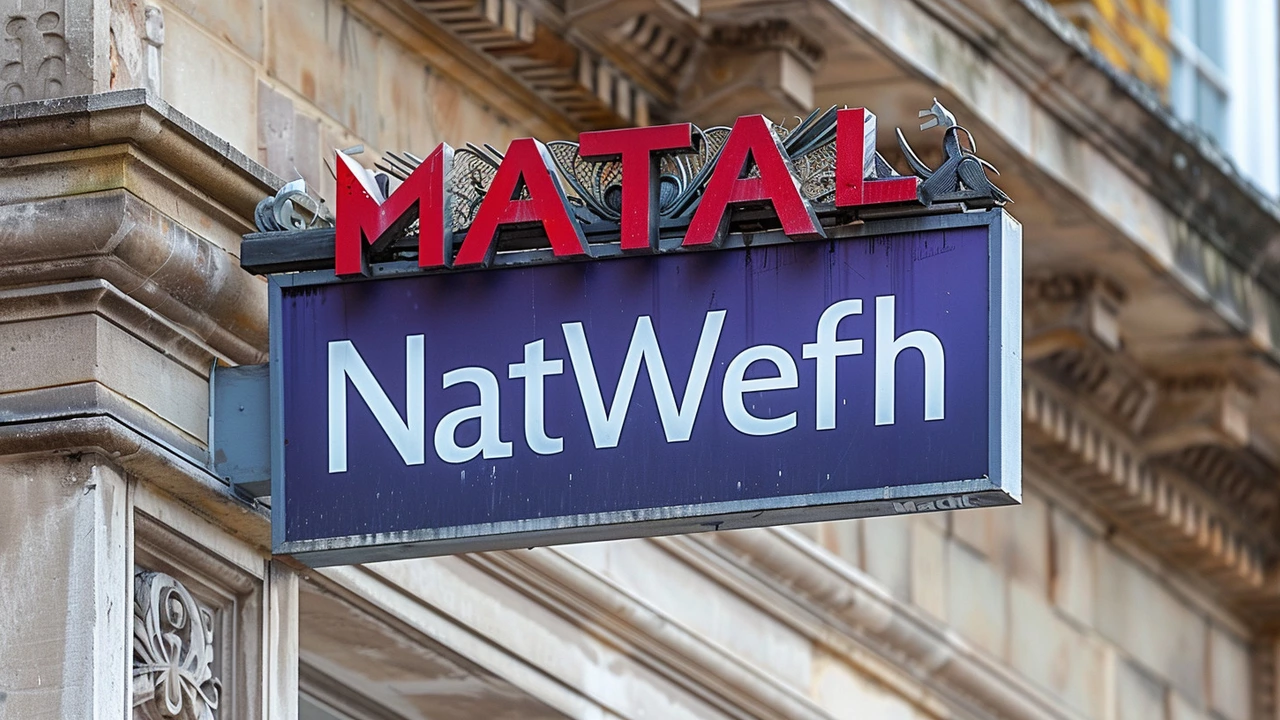NatWest Banking Outage May 2024 – What Went Wrong and How It Was Fixed
Early on a May morning, NatWest customers woke up to a blank screen when they tried to check their accounts. The bank’s mobile app and online portal were down for about four hours, leaving many unable to see balances or move money. If you were one of those customers, you probably wondered why this happened and what you could do in the meantime.
What triggered the outage?
NatWest says a technical glitch in their core banking system caused the disruption. The issue surfaced around 6 am, right when people start their day – no wonder it caused a panic. The glitch affected the data flow between the back‑end servers and the front‑end apps, so nothing loaded for users. While the exact code error wasn’t disclosed, the bank confirmed it was an internal software fault, not a cyber‑attack.
How NatWest handled the situation
Within minutes, NatWest posted an apology on its website and social channels, acknowledging the problem and promising a quick fix. They advised customers to use telephone banking or ATMs for urgent transactions. By mid‑morning, engineers had isolated the faulty component and restarted the affected services, restoring full functionality by around 10 am.
The bank also set up a dedicated X (formerly Twitter) channel for direct messages, letting users raise specific concerns without waiting in phone queues. This move helped reduce frustration and gave a clear line of communication for those needing extra help.
What you can do if it happens again
Outages are rare, but they do happen. Keep a few backup options handy: write down your most important account numbers, know the nearest ATMs, and have the bank’s phone number saved. If you can’t log in, try a different device or browser, and clear your cache – sometimes the problem is just a stuck session.
Also, consider setting up alerts for low balances or large transactions. That way, even if the app is down, you’ll get a text or email and won’t be caught off guard.
For future peace of mind, you might want to explore alternative payment methods like contactless cards or digital wallets, which can work independently of your bank’s online portal.
Lessons for other banks and users
NatWest’s quick public apology and open communication helped calm the situation. Transparency is key – customers want to know what’s happening, not be left in the dark. For banks, regular stress testing and fail‑over plans can keep such glitches from spreading.
For you, the takeaway is simple: always have a backup plan and stay informed. When a bank’s digital doors close, a quick phone call or a visit to the nearest ATM can keep your finances moving.
In the end, the outage was resolved, and NatWest apologized for the inconvenience. If you were affected, you likely received a follow‑up email or message from the bank. Keep an eye on your inbox for any compensation offers or further instructions.
Banking glitches can be stressful, but knowing what to do before they happen makes a big difference. Save this guide, and you’ll be ready if the next outage hits your favorite bank.
NatWest Apologises for Banking Outage as Online Services Resume
NatWest apologised to customers after encountering a glitch that disrupted mobile and online banking services for approximately four hours. Customers could not access their accounts, check balances, or transfer money. The bank suggested using alternative services like telephone banking and ATMs. The issue started around 6am and was resolved later in the morning. NatWest addressed the inconvenience and asked for direct messages on X for specific concerns.
Details +